South Australia's 900km Mawson Trail journeys through sites so ancient, they've revealed the imprints of animals that lived 555 million years ago – likely the earliest human ancestor.
During the day-long shuttle ride from the coastal state capital of Adelaide to the start of South Australia's Mawson Trail, we debated where the bush stopped and the outback began. But there was no doubt we were fully immersed in it when we arrived in the rust-coloured dust of Blinman, an ex-copper mining town where our group of seven friends increased the population by 20%.
We were beginning a 900km, two-week mountain-bike ride through some of Australia's most epic prehistoric sites – the remains of an ancient seabed that 20th-Century explorer and geologist Douglas Mawson called "one great outdoor museum" due to the magnitude of easily accessible sedimentary rock and fossil exposure sites. (The trail has been named in his honour.)
As we left town and pedalled into the crumpled peaks and plunging gorges of Ikara – Flinders Ranges National Park – a classic example of what happens when two tectonic plates decide to butt heads over fault lines – the striking kaleidoscopic mountains looked familiar. Their bands of mauve ribbed with orange quartzite ridges have been widely captured by photographers; the iridescent dawn and pink dusk glows have been worshiped on the canvasses of renowned artists like Hans Heysen. And the way these ranges buckled and lifted has been immortalised in the creation stories of the traditional custodians of this land – the Adnyamathanha people – for tens of thousands of years.
Beyond that, we didn't have the foggiest idea what we would stumble across within our first day's 67km slog.
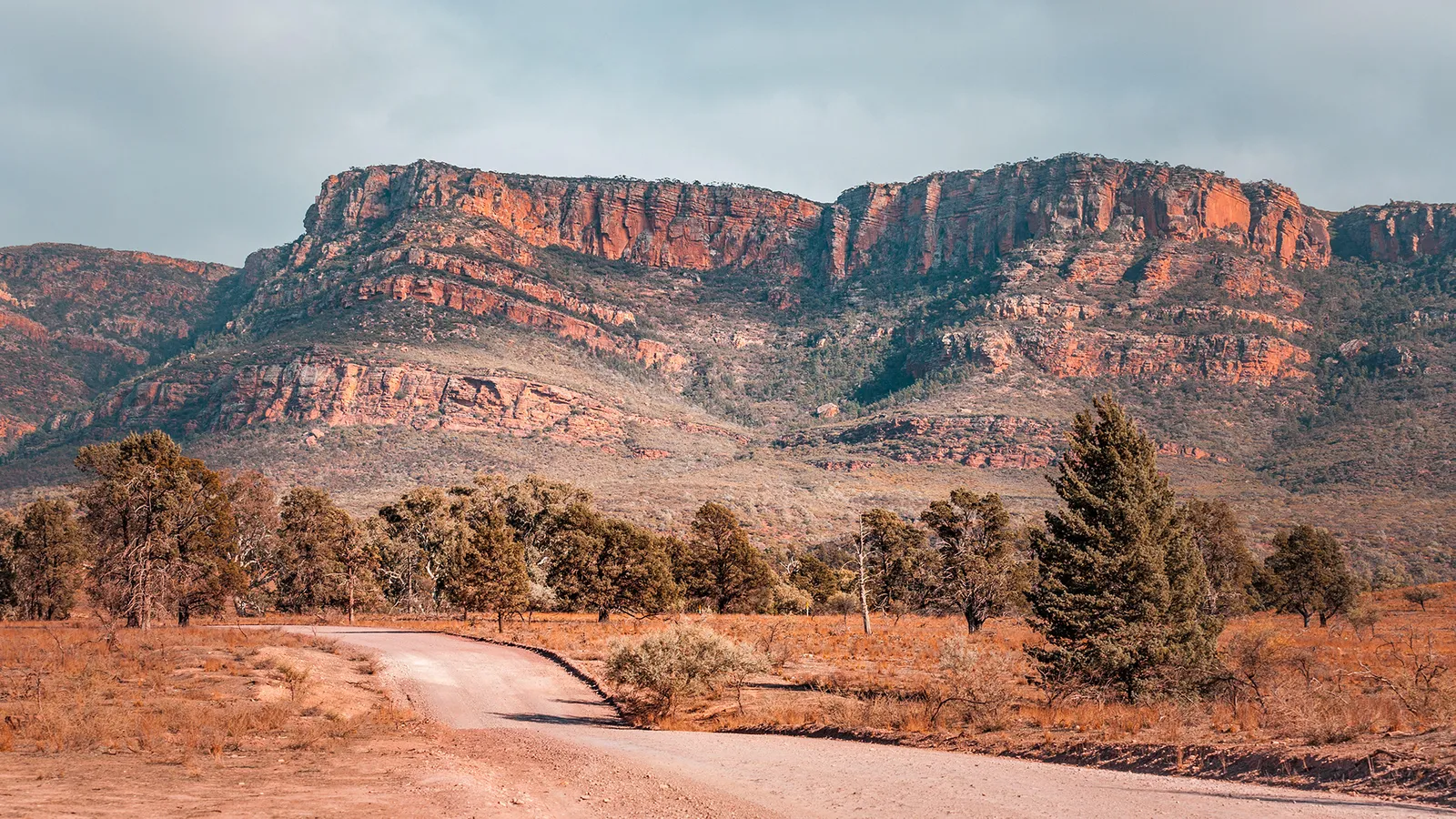
The Flinders have been called “one great outdoor museum” (Credit: Piter Lenk/Alamy Stock Photo)
As it turns out, the 800 square kms of the Flinders Ranges tell an unparalleled tale about the dawn of life, according to world-leading palaeontologists – one that forced scientists to rethink Earth's geologic time scale.
An inkling was under our noses from the get-go on every Mawson Trail signpost: the illustration of a trio of creatures that resembled a feather, a slice of citrus fruit and the shed exoskeleton of a woodlouse. These are the best-guess recreations of what life looked like 550 million years ago – soft-bodied languid blobs (ranging in size from millimetres to more than a metre) known as Ediacaran Biota, named after the ancient hills in the Flinders Ranges, where their encrusted imprints were found.
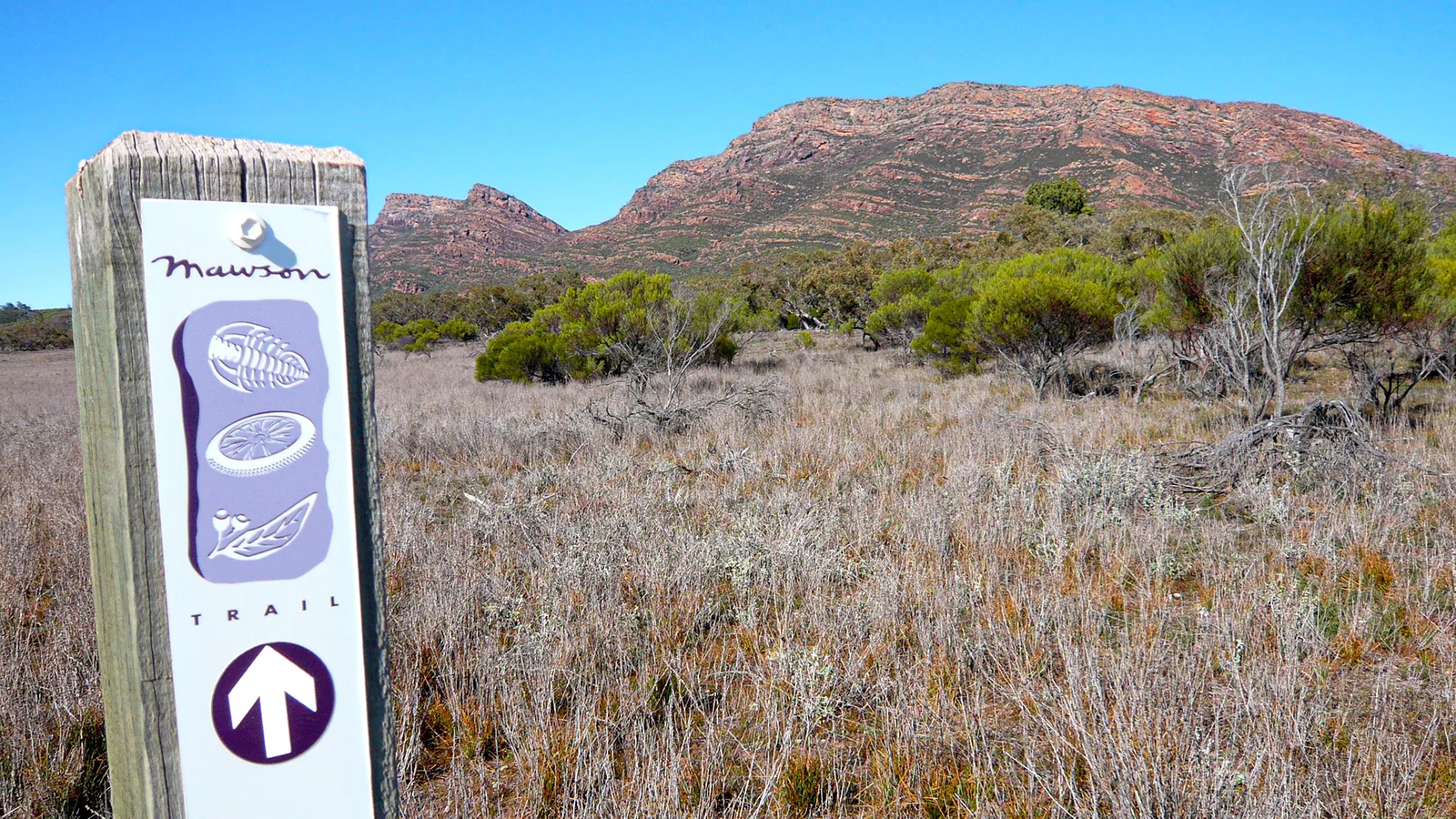
The Ediacaran Biota feature on every Mawson Trail signpost (Credit: Tracey Croke)
Soon enough, we were all roasting under soaring mercury while being knocked about by endless parched rocky creeks; we could smell the whiffs of perished wild animals rotting in peace. It was mindboggling to imagine that this semi-arid, rock-littered landscape, now several hundred kilometres from the crashing waves of the ocean, was once lapped by a shallow, warm sea.
Granted, this wasn't exactly yesterday: it happened after the glaciation of "Snowball Earth" had warmed and melted, sparking a biological eruption known as the Cambrian Explosion – a relatively short time period (15 to 25 million years) that was in full swing by around 521 million years ago. It was when many major animal groups alive today burst into existence, including vertebrates – and even a species that would eventually learn to ride bikes over mountains.
We came to a collective red-faced stop to take a break and check our bearings where the Mawson route confusingly criss-crosses with several walking trails, and briefly merges with the (drivable) Brachina Gorge Geological Trail. A lone ghostly gum tree stitched the raw craggy top to an intense cobalt sky.
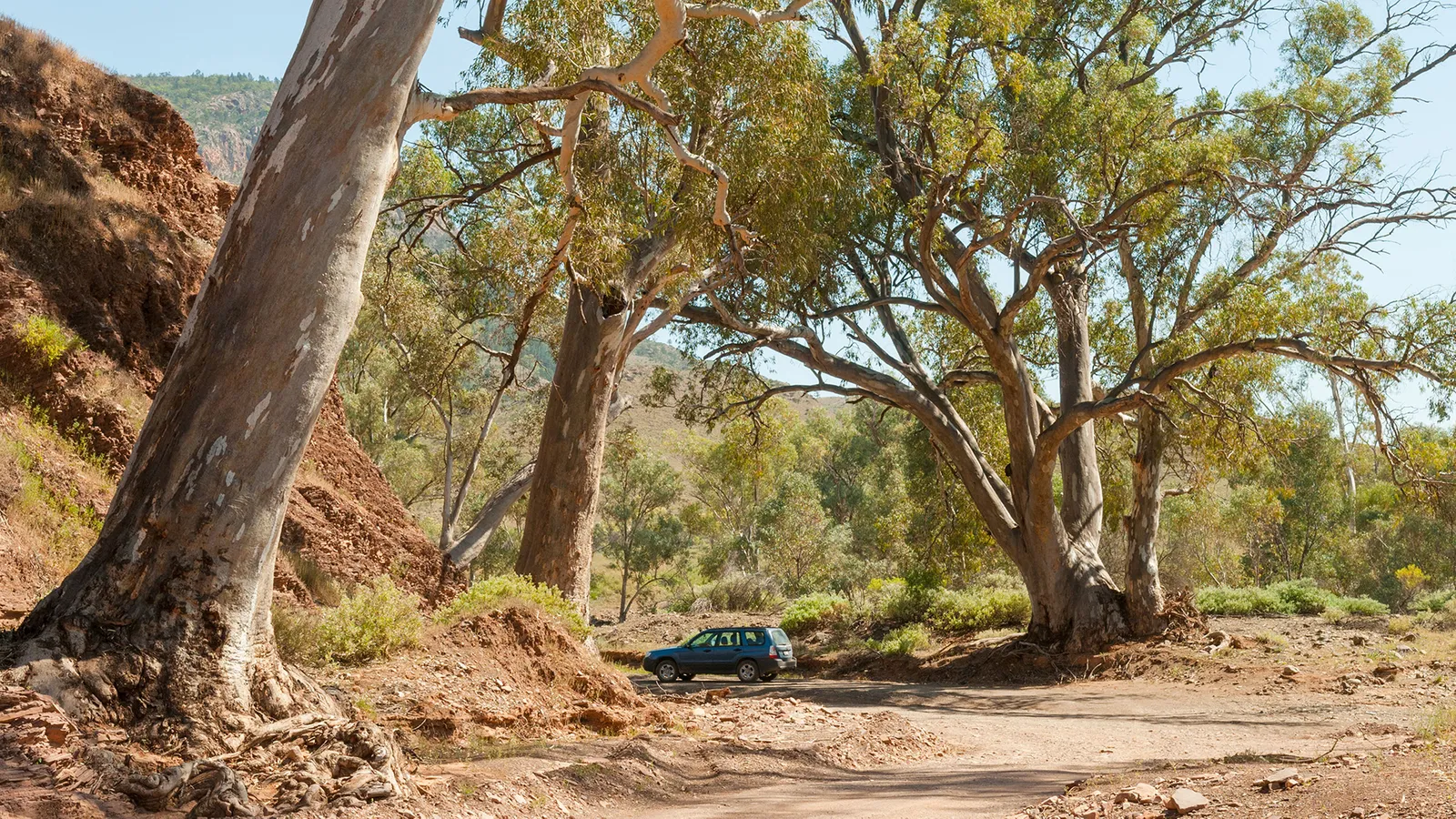
The sedimentary layers of Brachina Gorge have their own tale to tell (Credit: Robert Wyatt/Alamy Stock Photo)
I slowly scanned the sedimentary layers of the gorge. If you know how to read it, this repository of the planet's evolution is one of the world's best exposure sites, according to Mary Droser, professor of geology at University of California Riverside.
"The Flinders Ranges encompasses a huge swath of time that incorporates all of the really wacky environmental things that were going on, from Snowball Earth to global warming," said Droser. "We can see a 350-million-year window of time from a microbial world through to through to the early history of animals."
This is because the shunting, subsiding and eroding activity of the Flinders left corridors through layers of time – revealing evidence of critical eras and events.
One such chapter in Earth's story was recorded in the western ranges of the Flinders in 1946, when geologist Reg Sprigg was looking for mineral deposits in the low Ediacaran Hills. Sprigg, a keen palaeontologist who studied under Mawson, turned over some of the flaggy sandstone slabs and found an entire community of fossilised imprints, which included five new genera and species. "He knew the age of the rocks, which were older than the Cambrian rocks [that] we know to have fossils with skeletons," said Droser, who is one of the world's leading researchers of Ediacaran fossils. That, she said, meant Sprigg knew these imprints were "very, very significant".
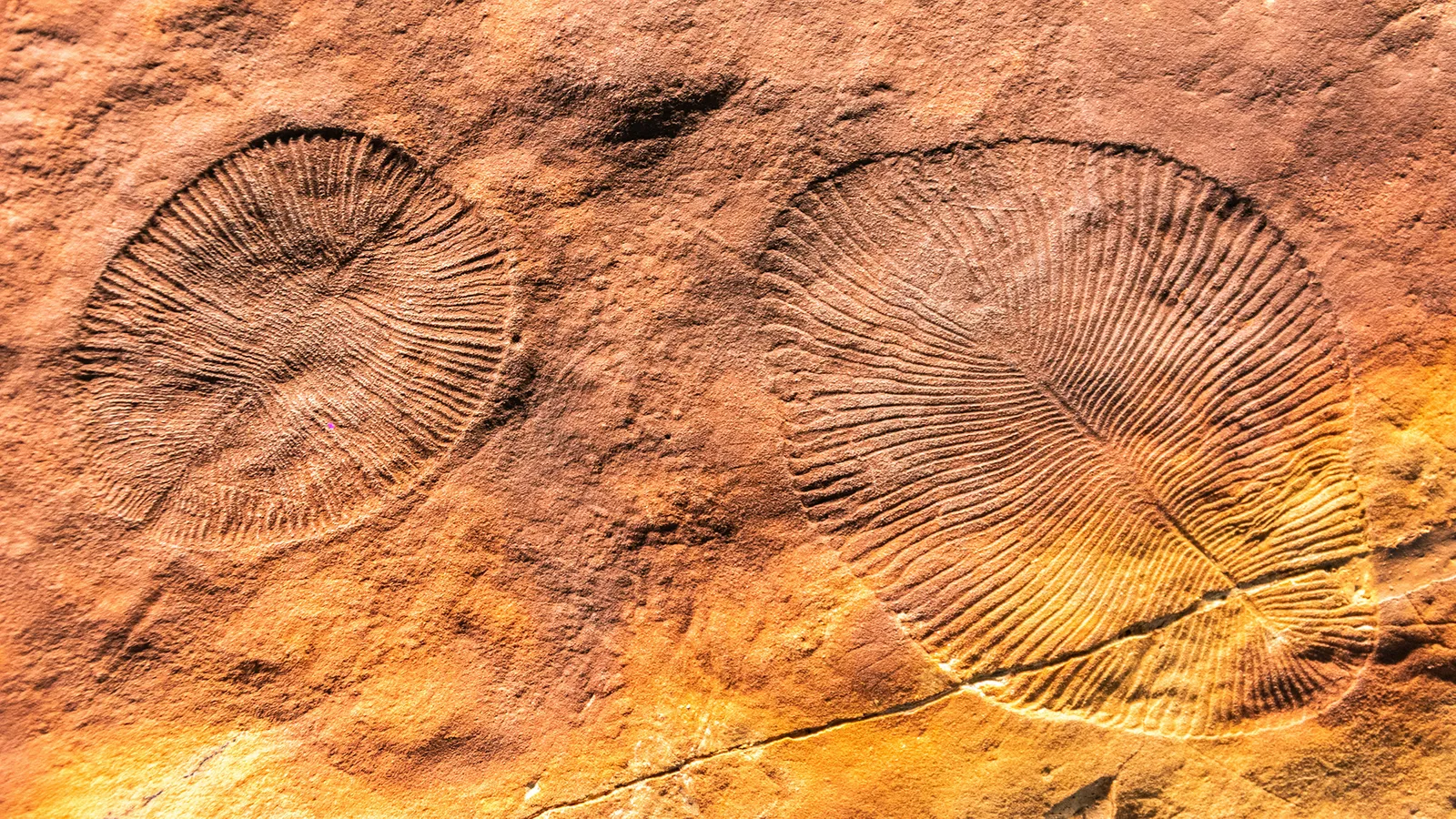
The discovery of the Ediacaran Biota, dating back 570 million years, changed our understanding of natural science (Credit: Zeytun Travel Images/Alamy Stock Photo)
Sprigg's discovery solved one of the greatest mysteries in natural science, one that had kept Charles Darwin scratching his head his entire life. When Darwin wrote On the Origin of Species in 1859, he highlighted his concern about the apparent sudden appearance of Cambrian skeletonised fossils and the challenge it presented to his theory of evolution. He wrote: "… to the question why we do not find rich fossiliferous deposits belonging to these assumed earliest periods before the Cambrian system, I can give no satisfactory answer." This puzzle, known as Darwin's Dilemma, flummoxed scientists for almost a century. But Sprigg found concrete evidence of the missing piece.
Some 570 to 540 million years ago, these empty shapes in the rocks were occupied by the soft-bodied Ediacaran Biota creatures that were a step up from single cell organisms and a step down from animals running around eating each other – making them the earliest known complex animal life on Earth. Never before had so many been found in one place. The discovery revolutionised our understanding of how multicellular animal life evolved.
Over the past 20 years, in a collaboration with a team led by palaeontologist Jim Gehling from the South Australian Museum, Droser has excavated an unpresented 40 "exquisitely preserved" fossiliferous beds in the ancient seafloor at Nilpena, a privately owned sheep station in the western margins of the ranges. These findings have since become part of a 600 sq km protected area – approximately the size of Singapore – called the Nilpena-Ediacara Conservation Park. Nilpena is now globally recognised as the single most important site on Earth for the Ediacaran rise of early animal life, and one of the many reasons a World Heritage bid is underway for the Flinders Ranges.
In 2004, a new, globally recognised geological era that existed between 635 and 540 million years ago was formally created and ratified by the International Union of Geological Sciences. It was named, of course, the Ediacaran.
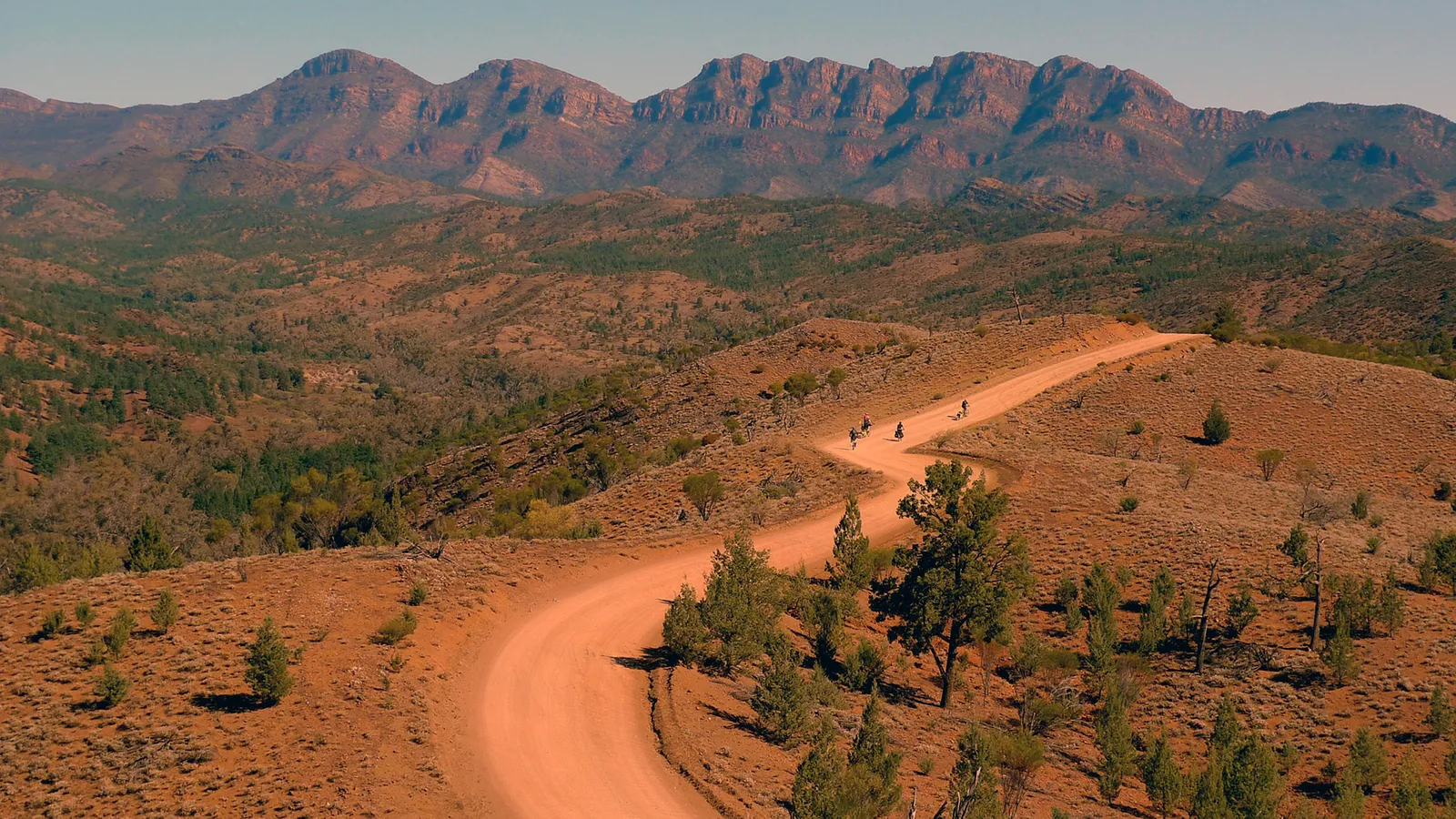
Pedalling the Mawson Trail takes you through some of Earth’s most important geological sites (Credit: Jenny Nicholson)
More recently, another missing link in the evolutionary puzzle sent revelations through the scientific community. From studying multiple miniscule fossilised burrows found in Nilpena in 2005, Droser and evolutionary biologists had long predicted that in the same period – around 555 million years ago – a more complex creature compared to other Ediacaran Biota was on the move, contracting muscles across its body to travel. In 2020, using 3D laser scanner technology, Droser and her team were able to recreate the creature – a plump, wormy blob, the size of a grain of rice. It had a notable difference compared to other lifeforms in existence at that time: it was the first animal ever to have a front and a back, a mouth, gut and rear end – called a "bilaterian".
This meant Ikaria wariootia, as they named the blob, could possibly be the animal that ate and excreted its way on a long, transformative journey that, eventually, resulted in humans. "It's certainly the oldest bilaterian that we know of," Droser said.
"There are places that have parts of the story, and there are places with phenomenal fossils, but the Flinders has this complete packaging that is really accessible. We can go back in time and see how life unfolded. The record is unparalleled," Droser said.
Before pushing on from Brachina Gorge, we pedalled a few minutes off the mapped Mawson Trail route to see another remarkable point of interest. A bronze disc called the Golden Spike is nonchalantly nestled in the gorge's lower rib lines at Enorama Creek.
Resembling a large Olympic medal, it marks the geological starting point of the Ediacaran Age – a time when the early moments of an evolutionary process gave rise to animals, the dawn of life and the journey of humanity… all waiting to be stumbled upon by seven slightly lost and oblivious mountain bikers.
- Karlston
-

 1
1


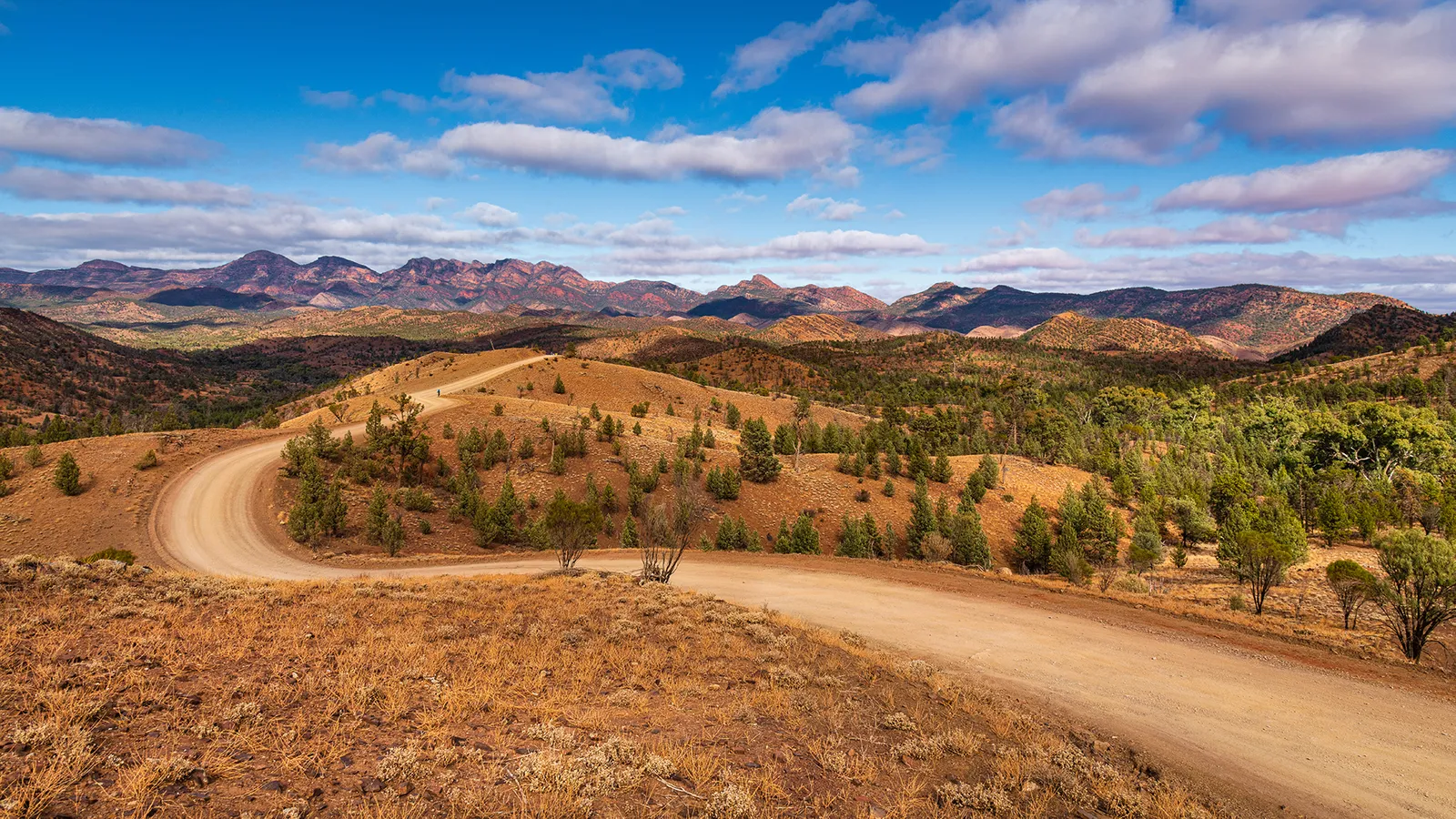

Recommended Comments
There are no comments to display.
Join the conversation
You can post now and register later. If you have an account, sign in now to post with your account.
Note: Your post will require moderator approval before it will be visible.